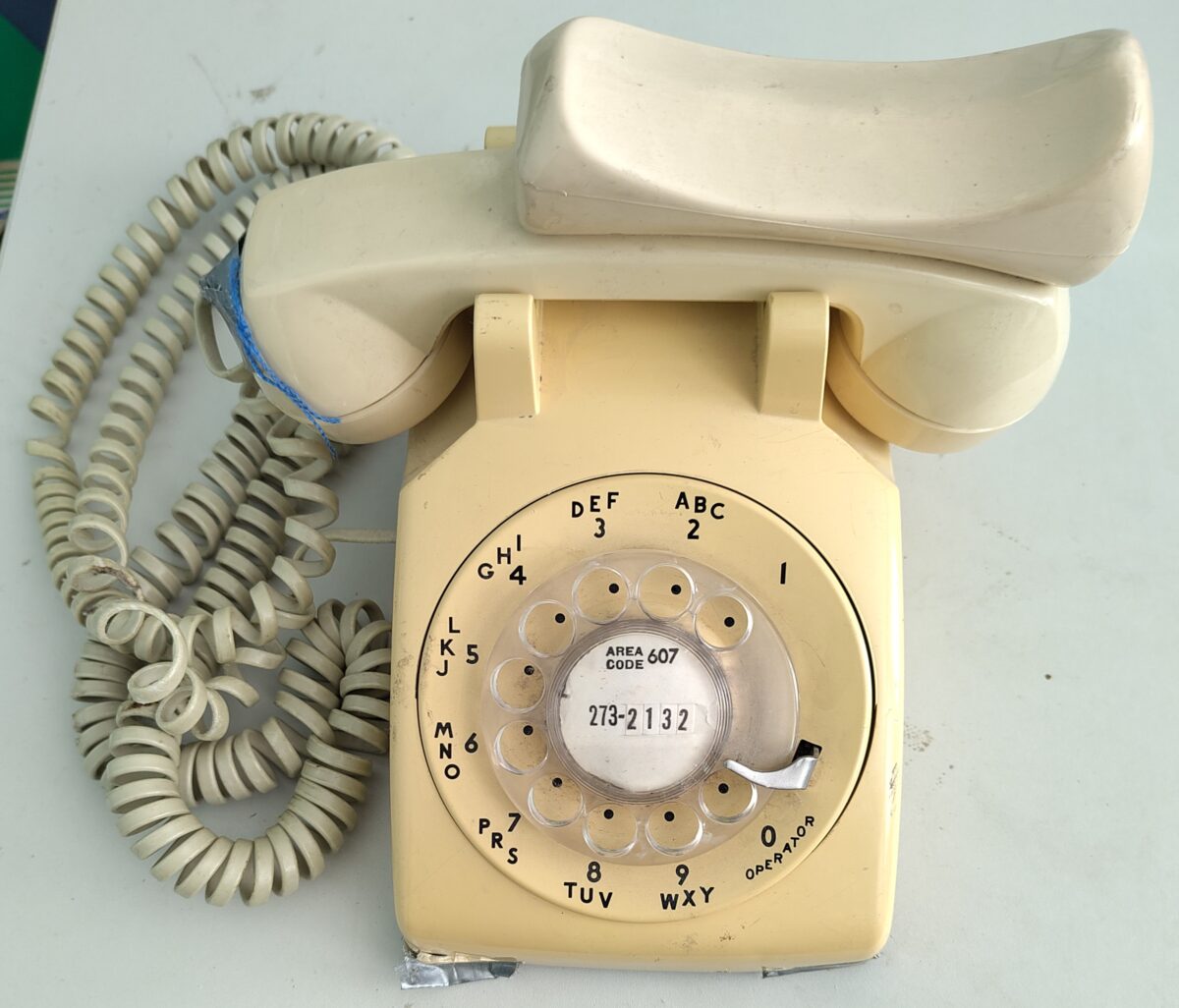So I got a new phone. What makes the experience remarkable is that the old phone was a Samsung Galaxy Note 4, which, if Wikipedia is correct, was released in 2014. So the phone was at least eight, probably nine, years old. When you update incrementally, like a man who gets his hair cut once a week, it’s hard to see any difference. When you leapfrog numerous generations of updates, it’s seeing the man who’s had his first haircut in a year: it’s a shock.
The tl;dr: most of what I don’t like about the switch is because of Google.
There were several reasons why I waited so long. It was a good enough phone and it had a very good camera for its time; I finessed the lack of security updates by not using the phone for functions where it mattered. Also, I didn’t want to give up the disappearing headphone jack, home button, or, especially, user-replaceable battery. The last of those is why I could keep the phone for so long, and it was the biggest deal-breaker.
For that reason, I’ve known for years that the Note’s eventual replacement would likely be a Fairphone, a Dutch outfit that is doing its best to produce sustainable phones. It’s repairable and user-upgradable (it takes one screwdriver to replace a cracked screen or the camera), and changing the bettery takes a second. I had to compromise on the headphone jack, which requires a USB-C dongle. Not having the home button is hard to get used to; I used it constantly. It turns out, though, that it’s even harder to get used to not having the soft button on the bottom left that used to show me recently used apps so I could quickly switch back to the thing I was using a few minutes ago. But that….is software.
The biggest and most noticeable change between Android 6 (the Note 4 got its last software update in 2017) and Android 13 (last week) is the assumptions both Android chief Google and the providers of other apps make about what users want. On the Note 4, I had a quick-access button to turn the wifi on and off. Except for the occasional call over Signal, I saw no reason to keep it on to drain the battery unnecessarily. Today, that same switch is buried several layers deep in settings with apparently no way to move that into the list of quick-access functions. That’s just one example. But no acommodation for my personal quirks can change the sense of being bullied into giving away more data and control than I’d like.
Giving in to Google does, however, mean an easy transfer of your old phone’s contents to your new phone (if transferring the external SD card isn’t enough).
Too late I remembered the name Murena – a company that equips Fairphones with de-Googlified Android. As David Pierce writes at The Verge, that requires a huge effort. Murena has built replacements for the standard Google apps, a cloud system for email, calendars, and productivity software. Even so, Pierce writes, apps hit the limit: despite Murena’s effort to preserve user anonymity, it’s just not possible to download them without interacting with Google, especially when payment is required. And who wants to run their phone without third-party apps? Not even me (although I note that many of those I use can still be sideloaded).
The reality is I would have preferred to wait even longer to make the change. I was pushed by the fact that several times recently the Note has complained that it can’t download email because it was running out of storage space (which is why I would prefer to store everything on an external SD card, but: not an option for email and apps). And on a recent trip to the US, there were numerous occasions where the phone simply didn’t work, even though there shouldn’t be any black spots in places like Boston and San Francisco. A friend suggested that in all likelihood there were freuqency bands being turned off while other newer ones were probably ones the Note couldn’t use. I had forgotten that 5G, which I last thought about in 2018, had been arriving. So: new phone. Resentfully.
This kind of forced wastefulness is one of the things Donald Norman talks about in his new book, Design for a Better World. To some extent, the book is a mea culpa: after decades of writing about how to design things better to benefit us as individuals, Norman has recognized the necessity to rethink and replace human-centered design with humanity-centered design. Sustainability is part of that.
Everything around us is driven by design choices. Building unrepairable phones is a choice, and a destructive one, given the amount of rare materials used inside that wind up in landfills instead of, new phones or some other application. The Guardian’s review of the latest Fairphone asks, “Could this be the first phone to last ten years?” I certainly hope so, but if something takes it down before then it will be an externality like switched-off bands, the end of software updates, or a bank’s decision to require customers use an app for two-factor authentication and then update it so older phones can’t run it. These are, as Norman writes, complex systems in which the incentives are all misplaced. And so: new phone. Largely unnecessarily.
Illustrations: Personally owned 1970s AT&T phone.
Wendy M. Grossman is the 2013 winner of the Enigma Award. Her Web site has an extensive archive of her books, articles, and music, and an archive of earlier columns in this series. She is a contributing editor for the Plutopia News Network podcast. Follow on Mastodon
